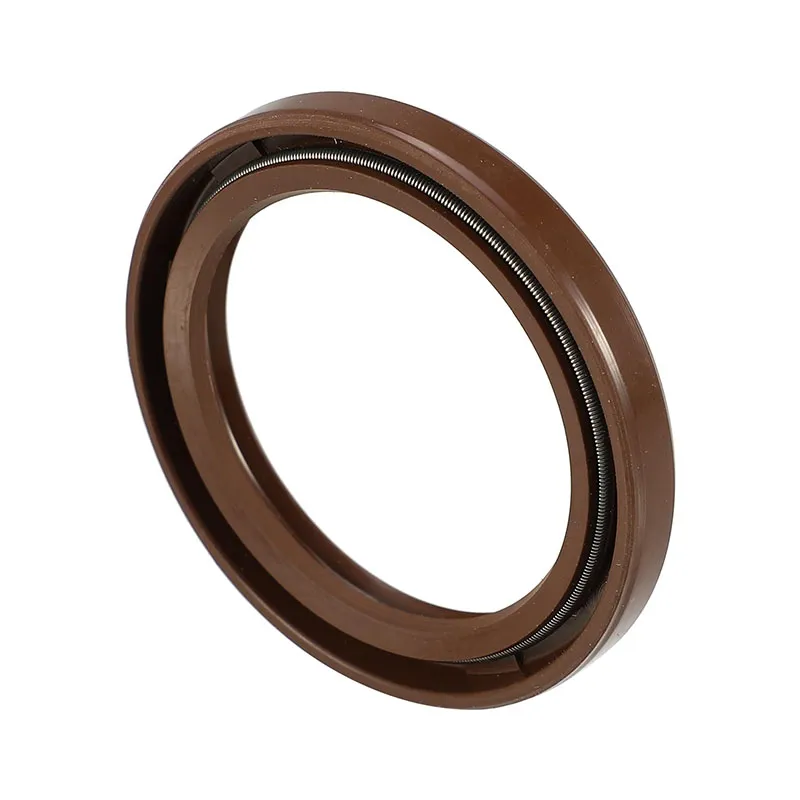Front Axle Seal Maintenance and Replacement Guide for Automotive Enthusiasts
Understanding Front Shaft Seals Functionality and Importance
The front shaft seal, often referred to simply as the front seal, plays a crucial role in the operation of various machinery, particularly in automotive applications. This seemingly small component is essential for ensuring the longevity and efficiency of engines and drivetrain systems.
What is a Front Shaft Seal?
A front shaft seal is a type of mechanical seal that is designed to prevent the leakage of fluids, typically oil or coolant, from the rotating shaft to the exterior environment. It is usually positioned at the front end of the crankshaft or the front axle of a vehicle. Made from durable materials such as rubber or silicone, these seals are engineered to withstand varying temperatures and pressures while maintaining a tight seal around the shaft.
Why is the Front Shaft Seal Important?
1. Preventing Fluid Leaks One of the primary functions of the front shaft seal is to prevent fluid leaks. If a seal fails, valuable fluids can escape, leading to a depleted oil reservoir or coolant levels. This can result in inadequate lubrication or overheating, potentially causing significant damage to the engine or other components.
2. Protecting Internal Components The front shaft seal serves as a barrier against contaminants such as dirt, dust, and moisture. By keeping these foreign substances out of sensitive areas, the seal helps prolong the life of internal components, reducing wear and tear.
3. Maintaining Efficiency A functioning front shaft seal is vital for maintaining the overall efficiency of the machinery. Fluid leaks can lead to a drop in pressure, which may affect the performance of the engine. Additionally, low fluid levels can result in increased friction and, consequently, a decrease in fuel efficiency.
4. Cost-Effectiveness While it may seem minor, a malfunctioning front shaft seal can lead to costly repairs. Ignoring a small leak can escalate into a significant issue that might require complete engine replacement or extensive repair work. Regular maintenance and timely replacement of worn seals can save vehicle owners substantial amounts in the long run.
Symptoms of a Failing Front Shaft Seal
front shaft seal

Recognizing the signs of a failing front shaft seal can prevent extensive damage and costly repairs. Here are some common symptoms to look for
- Fluid Leaks The most obvious sign of a failing seal is visible fluid pooling under the vehicle where it is parked. Oil or coolant leaks can often be traced back to the front shaft seal.
- Warning Lights Some modern vehicles have diagnostic systems that alert drivers to issues related to fluid levels or engine performance. If warning lights appear on the dashboard, it can indicate a problem with the front shaft seal.
- Unusual Noises A failing seal may lead to increased friction within the engine or drivetrain components, resulting in unusual noises during operation. Grinding or whining sounds can be indicative of a problem.
- Engine Overheating If the front shaft seal is leaking coolant, it can lead to overheating. This is a severe issue that requires immediate attention to avoid irreversible damage to the engine.
Replacement and Maintenance
Replacing a worn or defective front shaft seal is typically a job for a qualified mechanic, as it often requires disassembly of various engine components. Regular maintenance checks can help identify wear on the seal before it fails. Vehicle owners should consult their owner's manual for recommended maintenance schedules and procedures.
When replacing seals, it is essential to select high-quality components that are compatible with the specific vehicle model. Installing an inferior seal can lead to premature failures, negating the value of the replacement.
Conclusion
The front shaft seal may be a small component in the grand scheme of automotive engineering, but its importance cannot be overstated. By understanding its function and recognizing the symptoms of failure, vehicle owners can take proactive steps to ensure the longevity and reliability of their machinery. Regular maintenance and timely replacement of seals are key practices for preventing costly repairs and ensuring optimal performance. Remember, a well-maintained front shaft seal contributes significantly to a vehicle's overall efficiency and safety on the road.
-
The Ultimate Guide to Car Repair Kits: Tools and Essentials Every Driver Should Own
News Aug.01,2025
-
The Complete Guide to Oil Pan Gaskets: Sealing Engine Leaks the Right Way
News Aug.01,2025
-
Preventing Oil Leaks: A Complete Guide to Oil Pan Gaskets and Drain Seals
News Aug.01,2025
-
Everything You Need to Know About Oil Pan Gaskets and Drain Plug Seals
News Aug.01,2025
-
Essential for Car Owners: How to Use a Car Repair Kit to Deal with Minor Breakdown
News Aug.01,2025
-
Comprehensive Guide to Engine Oil Sump Gaskets and Related Seals
News Aug.01,2025
-
The Ultimate Guide to Boat Propeller Bearings and Trailer Wheel Bearings
News Jul.31,2025
Products categories















